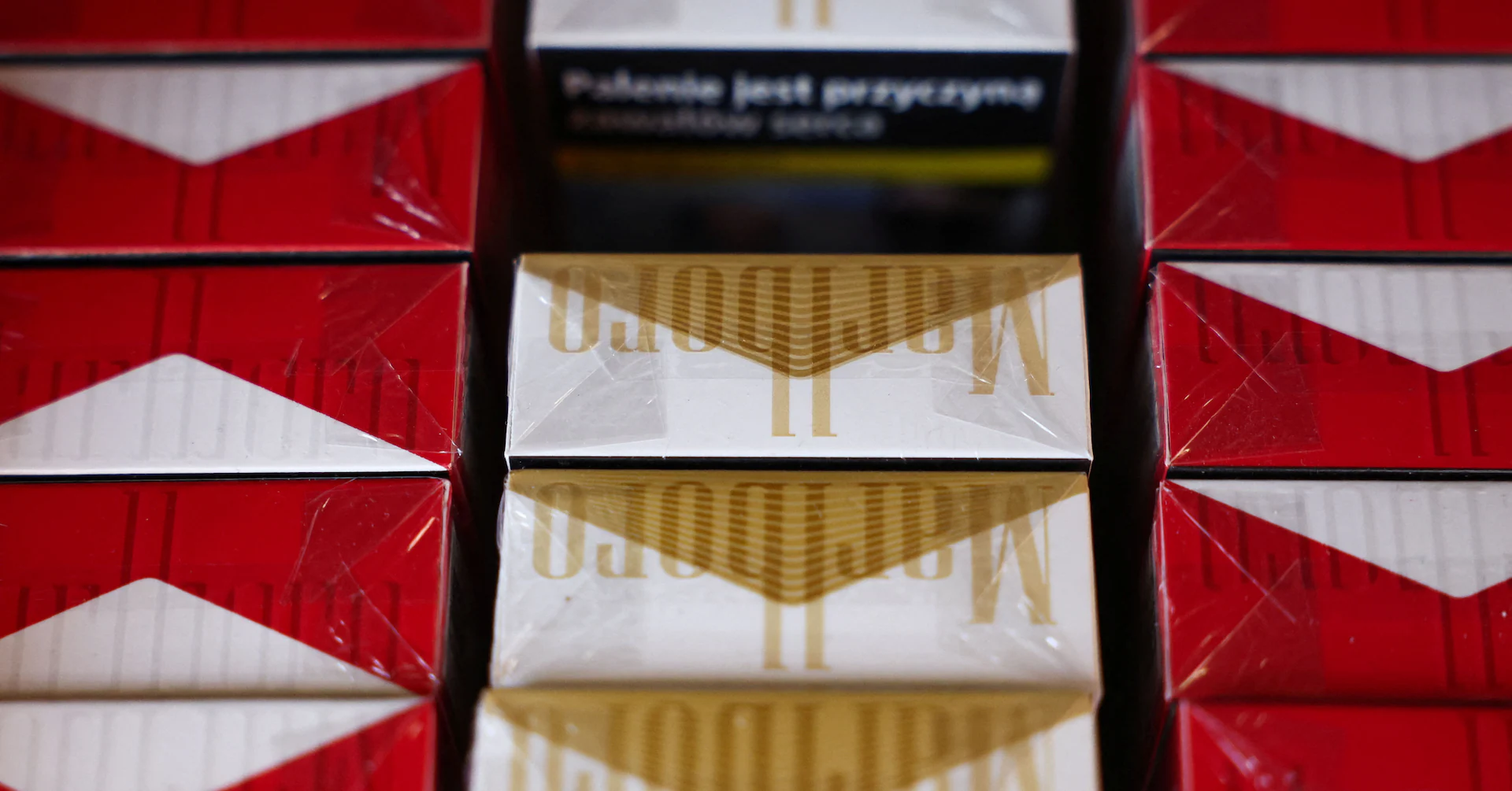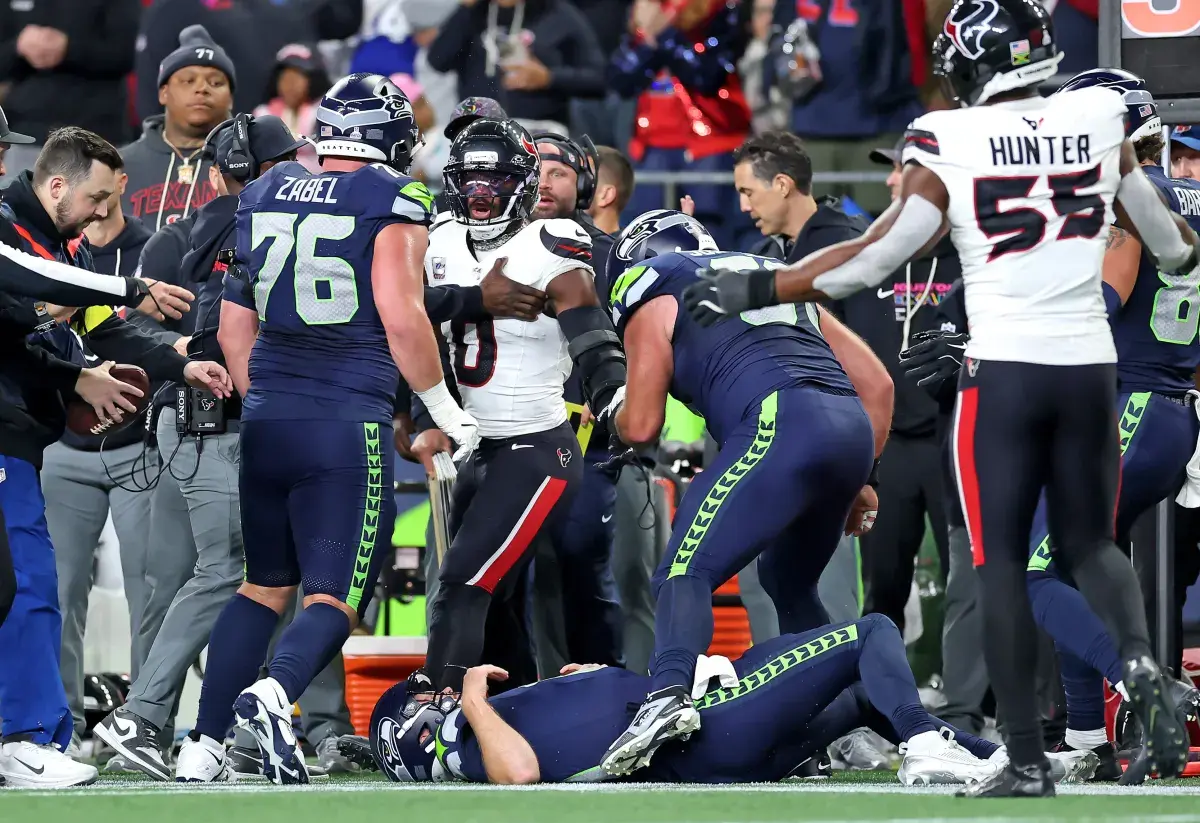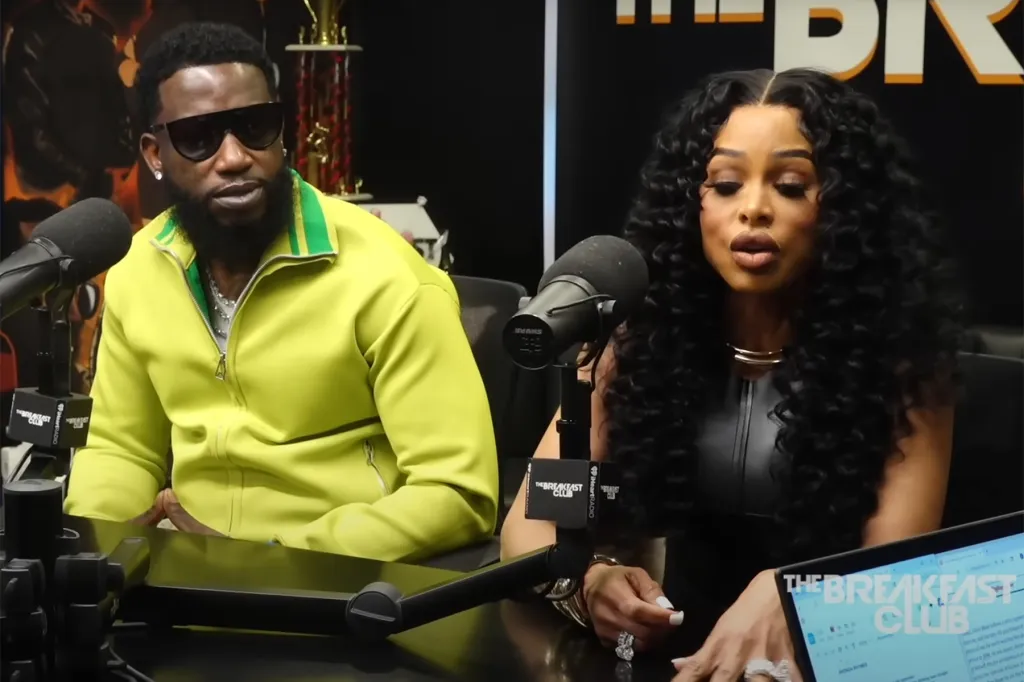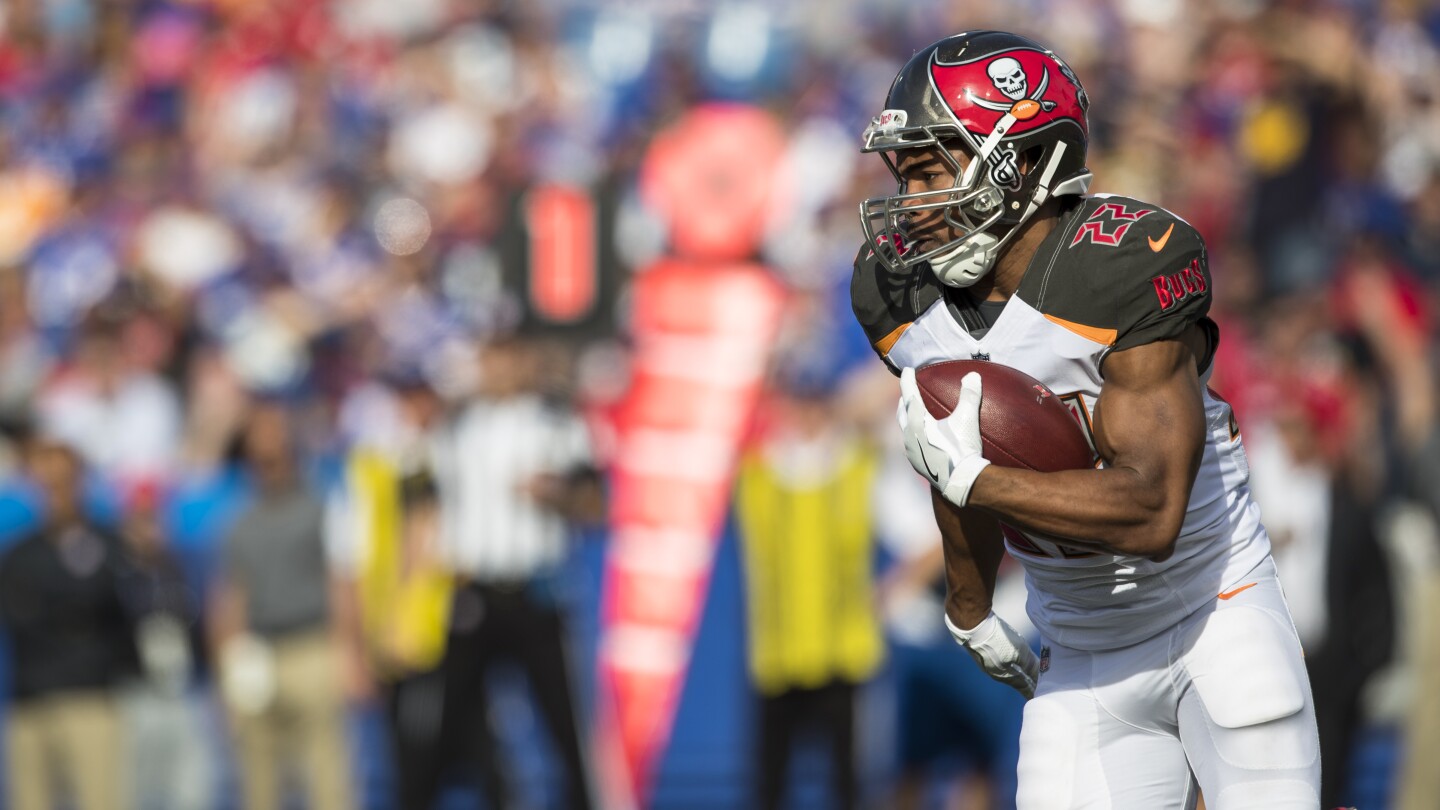Copyright Nbc Sports
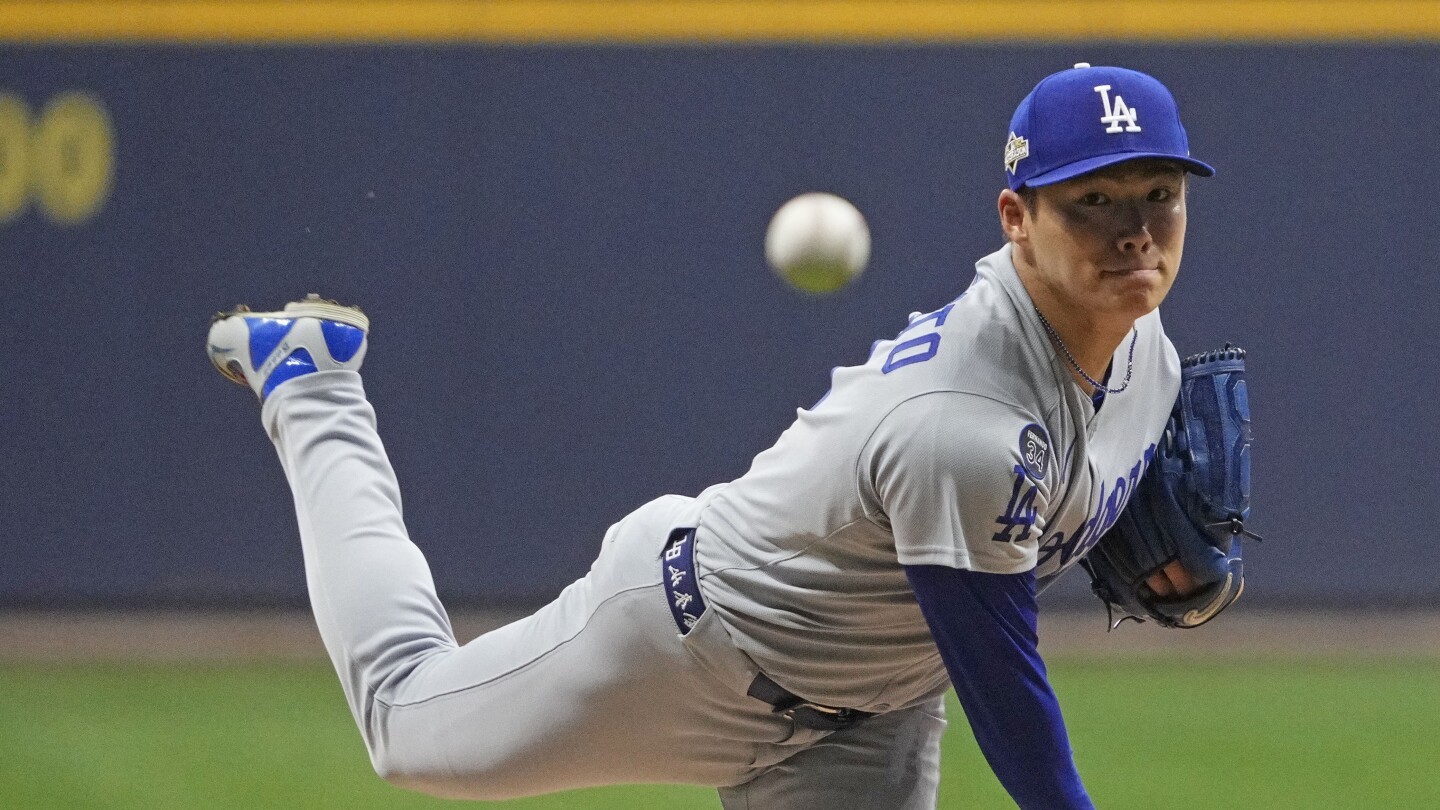
The World Series is about to kick off, and we are nearing the final chapter in the 2025 MLB season. While we’re excited about the Dodgers and Blue Jays matchup, we’re also taking the time to look back at the season that was and review what we learned from a fantasy perspective and how we can apply it to next year. In the last couple of weeks, we’ve been breaking down the standout seasons, the breakout candidates, the prospects to know, and our early 2026 rankings. We started with catcher, then headed over to first base and then second base, and shortstop, and closers. Now we’ll turn our attention to starting pitching; although, I should add that I will put out a Top 150 Starting Pitchers ranking after the World Series, and I’m doing a presentation at First Pitch Arizona on finding common traits in the top 25 starting pitchers, so there will be more starting pitcher content coming from me soon. 2025 POSITION BREAKDOWN: Starting Pitcher 🎙️ STATE OF THE POSITION There were 14 starting pitchers who earned at least $22 of value this season, according to Fangraph’s Player Rater. Of those 14, only five were drafted inside the top 50 overall picks heading into the season. In fact, six of the 14 starters who amassed $22 of value or more were drafted outside of the top 100 picks, with Nathan Eovaldi and Nick Pivetta also both being drafted outside of the top 170 picks. Now, as is typical with starting pitching, injuries to star pitchers are what caused a lot of the surprise names. We never saw Gerrit Cole, Shane McClanahan, or Grayson Rodriguez pitch in 2025. Logan Gilbert, Zack Wheeler, Corbin Burnes, Chris Sale, Cole Ragans, Blake Snell, and Michael King, who were all drafted inside the top 15 starters, missed significant enough time during the regular season that only Wheeler was able to finish inside the top 20 starting pitchers on FanGraph’s Player Rater. As a result, the starting pitching landscape entering 2026 feels like three clear studs at the top of the pack and then a really long and varied list of names behind them. Fantasy baseball managers will have to decide whether they want to use a first or second round pick to secure one of those top arms or simply load up on hitters and wait for the middle rounds to start targeting the next group of pitchers who could sneak into the top 25. 🏆 2025’s Top 15 Starting Pitchers 1. Tarik Skubal (Detroit Tigers) 13 wins, 2.21 ERA, 0.89 WHIP, 241 strikeouts in 195 innings What else can we say about Skubal? For two years now, he’s been arguably the best pitcher in the American League. We’ve also seen him throw over 190 innings in back-to-back seasons after some earlier concerns about his health. He’s just tremendously talented, and if the Tigers’ offense could put up a bit more of a fight, then he might win even more games. 2. Garrett Crochet (Red Sox) 18 wins, 2.59 ERA, 1.03 WHIP, 255 strikeouts in 205 innings Remember those concerns about whether or not Crochet was truly elite or whether he could hold up for an entire season? Well, those proved to be unfounded, unsurprisingly. The left-hander dialed up the sinker and sweeper usage in his first season with the Red Sox, focusing less on simply trying to overpower hitters with his four-seam fastball. He now has a true five-pitch mix and figures to continue to give Skubal a run for his money as the best starting pitcher in the American League. 3. Paul Skenes (Pirates) 10 wins, 1.97 ERA, 0.95 WHIP, 216 strikeouts in 187.1 innings Only having 10 wins hurt Skenes, and figures to hurt him in 2026 too, but we also need to acknowledge that he has less strikeout upside than both Skubal and Crochet. He still misses bats, and a 29.5% strikeout rate is nothing to scoff at, but both Skubal and Crochet are putting up numbers above 31% and will likely continue to. That minor difference might keep Skenes as the third in a clear pack of three. 4. Bryan Woo (Mariners) 15 wins, 2.94 ERA, 0.93 WHIP, 198 strikeouts in 186.1 innings There may not be a bigger surprise this season than Bryan Woo throwing 186 innings. The right-hander was tremendous in his debut in 2024, but he missed so many starts with elbow pain or fatigue that it seemed like a given he would end up on the IL this season. Now, he did miss the first round of the playoffs with an injury, so maybe we’ll have the same concerns about him entering the 2026 season, but it’s hard not to be impressed by what he did this year. My “On The Corner” podcast co-host Nick Pollack comps Woo to Zack Wheeler, and it’s easy to see why with his tremendous fastballs. With his postseason injury being a pec injury and not an arm injury, perhaps we’ll see another top-five season from Woo next year? 5. Hunter Brown (Astros) 12 wins, 2.43 ERA, 1.03 WHIP, 206 strikeouts in 185 innings Hunter Brown is an interesting case. He was obviously tremendous this year, setting career-best marks in ERA, WHIP, strikeout rate, walk rate, and swinging strike rate. However, his swinging strike rate was just 11.3%. That meant he finished 23rd among qualified starters in swinging strike rate, right behind Jose Soriano, Max Fried, and Luis Castillo. On one hand, it’s easy to buy into a 27-year-old with a five pitch mix on one of the best teams in the American League. On the other hand, it doesn’t feel like a pitcher with a swinging strike rate that low can continue to rank inside the top five or ten starters in fantasy baseball. 6. Cristopher Sanchez (Phillies): 13 wins, 2.50 ERA, 1.06 WHIP, 212 strikeouts in 202 innings 7. Freddy Peralta (Brewers): 17 wins, 2.70 ERA, 1.08 WHIP, 204 strikeouts in 176.1 innings 8. Yoshinobu Yamamoto (Dodgers): 12 wins, 2.49 ERA, 0.99 WHIP, 201 strikeouts in 173.1 innings 9. Nathan Eovaldi (Rangers) 11 wins, 1.73 ERA, 0.85 WHIP, 129 strikeouts in 130 innings 10. Carlos Rodon (Yankees): 18 wins, 3.09 ERA, 1.05 WHIP, 203 strikeouts in 193 innings 11. Max Fried (Yankees): 19 wins, 2.86 ERA, 1.10 WHIP, 189 strikeouts in 195 innings 12. Jacob deGrom (Rangers): 12 wins, 2.97 ERA, 0.92 WHIP, 185 strikeouts in 172.1 innings 13. Nick Pivetta (Padres): 13 wins, 2.87 ERA, 0.99 WHIP, 190 strikeouts in 181.1 innings 14. Zack Wheeler (Phillies): 10 wins, 2.71 ERA, 0.94 WHIP, 195 strikeouts in 149.1 innings 15. Trevor Rogers (Orioles): 9 wins, 1.81 ERA, 0.90 WHIP, 103 strikeouts in 109.1 innings 📈 2026 Breakouts Tatsuya Imai (Free Agent) As of this time, Imai has not been posted, but the Japanese star is expected to be available for MLB teams this offseason. The 27-year-old has eight professional seasons in Nippon Professional Baseball with a career 3.07 ERA. In 2025, he took a huge step forward with a 1.92 ERA, 0.89 WHIP, and 178 strikeouts in 163.2 innings. Much like Yoshinobu Yamamoto before him, he has strong strikeout numbers but also induces a fair amount of groundballs. He features a 95 mph four-seam fastball that he can run up near 100 mph and, like Yamamoto as well, has a deep pitch mix that includes a slider, changeup, splitter, curve, and sinker. The plethora of pitches helps him compensate for a four-seamer that lacks elite carry, and he has an arsenal that gives the team he signs with options to play around and figure out how best to attack MLB hitters. He could be an immediate impact starter in 2026. Chase Burns (Reds) Yes, Chase Burns had four straight games with 10 strikeouts, but it’s hard to say he broke out when his surface-level stats were so poor. His 4.57 ERA and 1.32 WHIP were a bit concerning over his eight MLB starts, and his four-seam fastball has only slightly above-average swinging strike rates despite averaging 98.7 mph. Still, there is so much raw talent for Burns. His slider is a true wipe-out pitch, and his nearly 17% swinging strike rate overall is elite. We also just saw his teammate, Hunter Greene, take a major step forward by simply locating his four-seam fastball better. Burns didn’t have to do that in the minors because his velocity was enough to overpower hitters. With a full MLB off-season under his belt, we could see improvements to his four-seam command, more emphasis on the sinker to keep hitters off the fastball, or a new third pitch added in. If he does even one of those things, he’s likely in for a really strong season. Bubba Chandler (Pirates) A narrative of “poor command” followed Chandler for much of the summer after the talented right-hander got frustrated while languishing in Triple-A for a bad Pirates team. Then he got to the big leagues and showed just how good he actually is. He had just a 3.2% walk rate in 31.3 MLB innings and posted a 15.2% swinging strike rate that’s the same mark as Garrett Crochet. Yes, Chandler has poor extension on his four-seam fastball, which some people really don’t like, but he has good velocity and solid vertical movement on it, which led to a 16.5% swinging strike rate in his small MLB sample size. He also has a good changeup for lefties, and if he can optimize the slider to get a few more whiffs against righties, he could be a legit co-ace next to Paul Skenes. Zebby Matthews (Twins) I had Zebby as a breakout pitcher this season, and it didn’t happen, but I remain a believer. He was able to (mostly) hold the velocity gains on his four-seam fastball, and he has a deep mix of pitches that he can command well inside the zone. Sometimes they catch too much of the middle of the plate, but that’s another story. The biggest issue for Zebby is that none of his pitches are elite. However, we just saw with Hunter Brown that you don’t need to have one truly elite pitch if you can command and locate a few really strong pitches. The path forward for Zebby is for one of his pitches to take a step forward this offseason or for him to lean more into the kitchen sink approach, maybe adding a sinker and focusing on attacking different quadrants of the strike zone with an array of solid but not great pitches. I’m still buying his stock. 📝 2026 Prospects To Know Andrew Painter (Phillies) Many people were angling for Painter to get called up once Zack Wheeler got hurt, but he simply wasn’t ready. His first year after Tommy John surgery was marked by inconsistency and too much hard contact allowed. Still, this is a young pitcher with a plus fastball that can command a curve and a plus changeup or strikes. He’s only 22 years old, so the Phillies aren’t going to hand him a spot in the rotation, but he heads into the offseason fully healthy after throwing 118 innings, and so I expect him to continue to refine his arsenal and push for the fifth spot in the rotation in spring training. Robbie Snelling (Marlins) Snelling, who came to the Marlins in the Tanner Scott trade, was tremendous in 2025, pitching to a 2.51 ERA, 1.11 WHIP, and 166/39 K/BB ratio in 136 innings split between Double-A and Triple-A. He got even better as he was promoted to Triple-A, perhaps fueled by being close to the big show. He doesn’t have a huge fastball, but he has good command of it and did seem to gain some velocity this season. He also improved the command of his secondary pitches, and he does feature a changeup that has enough run to succeed against right-handed pitchers. Snelling will likely start the season in the minors, but the Marlins have a few starters with injury concerns and others (like Edward Cabrera and Sandy Alcantara) who remain on the trade market, which could create an opening for him early in 2026. Connelly Early (Red Sox) Early was a bit of a surprise success story for the Red Sox this season, but the 23-year-old left-hander added some velocity and tweaked his arsenal a bit and then broke out to the tune of a 2.60 ERA, 1.11 WHIP, and 132/30 K/BB ratio in 100.1 innings split between Double-A and Triple-A. His fastball sits 94 mph with solid command, and he has a changeup and curve that eat up righties and a sinker and slider that he uses against lefties. It’s a deep pitch mix with improving stuff on a good team. What we saw from him already made me think there is breakout potential, and that doesn’t even include if the Red Sox use the off-season to add a pitch or tweak his arsenal in any way. 🔮 2026 Top 15 Starting Pitchers
